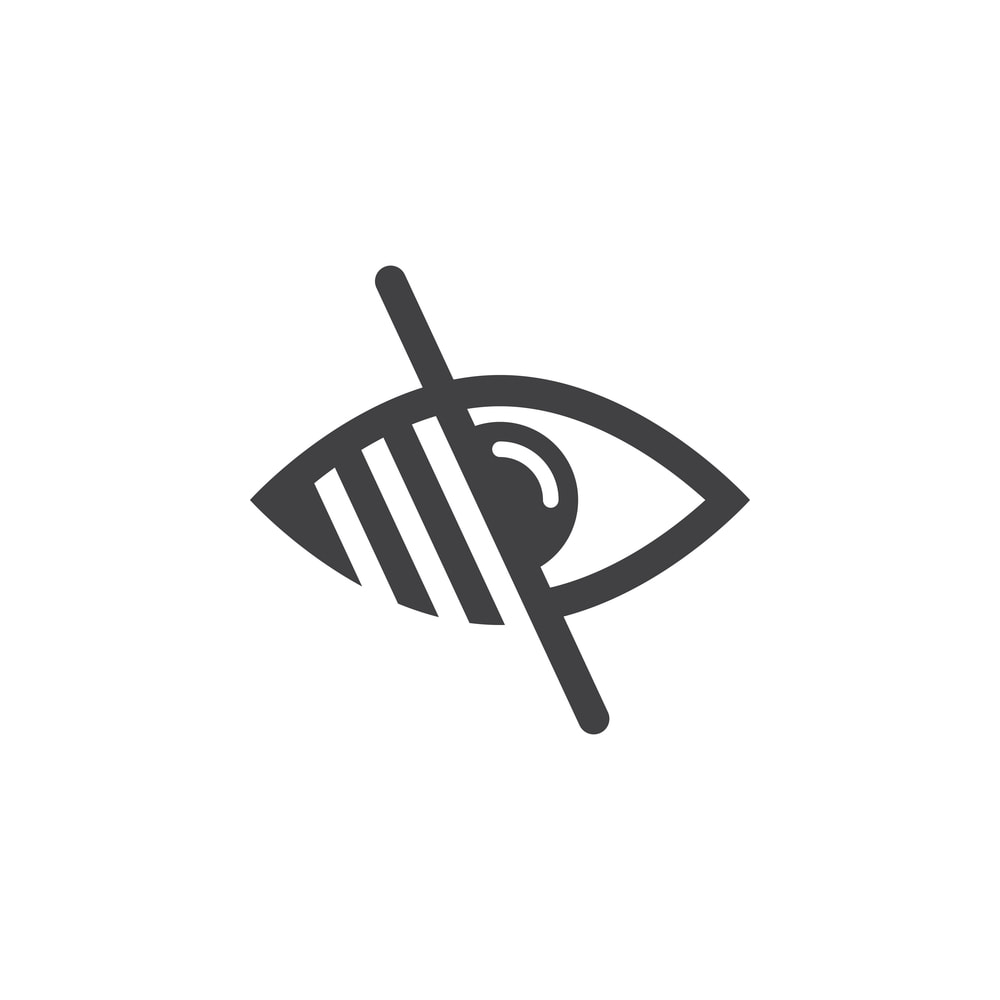Issues due to low vision can also cause depression or other emotions. A low vision rehabilitation program can help people with low vision cope and improve their quality of life. February is AMD/Low Vision Awareness Month, and it is a good opportunity to understand what options are available for people with low vision. What is low vision rehabilitation?A low vision rehabilitation program is not intended to treat eye diseases. Instead, it is useful to help you adapt to vision changes and improve functioning. Low vision rehabilitation programs utilize a team approach to provide comprehensive services to people with vision loss. Since all areas of a person’s life may be affected, it takes a wide variety of professionals to ensure the individual’s needs are met. The vision rehab team is led by an ophthalmologist or vision rehab doctor. Additional team members may include: Nurse educator: A nurse educator is a great resource to coordinate the vision rehab program and provide information on other services for someone with low vision. Adaptive technology consultant: An adaptive technology consultant is an integral part of the rehab team to teach people what devices may help improve their functioning. Physical or occupational therapist: Losing sight can affect the way you do things, including physical activities and activities of daily living. Physical and occupational therapists help teach patients new ways of doing things. Psychologists: Psychologists are essential to help people with low vision find ways to cope with emotional issues that may come up while dealing with vision loss. What is involved?The first step in a low vision rehabilitation program is a vision evaluation to determine a person’s level of functioning and where they most need assistance. Improving vision with eyeglasses is also implemented. After determining the individual’s needs, a low vision rehabilitation program usually involves a few components, including: Environmental adaptation Being able to navigate your environment safely is vital. Environmental adaption and travel skills vary depending on the extent of vision loss. It may involve using a cane or other device to travel outdoors and use transportation. It also may include strategies for efficiency indoors, such as organization and creating a safe environment. For those that still have some vision, it could include glare reduction techniques and lighting recommendations. Low vision device training There are a wide variety of low vision devices that are helpful for work and at home. During low vision rehab, patients will select the best devices for their needs and learn how to use them. Typically, several devices are helpful in meeting a person’s needs. Low vision devices may include:
Communication assistance When a person loses most or all of their vision, it can alter their ability to receive communication. An inability to read, watch TV, or see facial expressions can change how someone receives communication. Communication training may include learning to read braille or using assistive computer technology. Vocational rehabilitation In some cases, vocational rehabilitation may be needed to help a person with low vision get back to their job. Services may include job retraining or job modification. Who could benefit from low vision rehabilitation?Anyone that has been affected by vision loss can benefit from low vision rehabilitation. Training is individualized, and not everyone requires all services. People with mild to moderate vision loss can learn ways to maximize the vision they still have. Even those that are completely blind can benefit from some of the services.
Your eye doctor or family physician should be able to help you locate a vision rehab program in your area. Vision rehab services vary, so check with your insurance provider to determine what costs are covered. If you have any questions or would like to schedule an appointment with one of our eye doctors, please call our office at 508-746-8600. Comments are closed.
|
EYE HEALTH BLOGCategories
All
Archives
April 2024
|
- Doctors
-
Patients
- Resources >
- CV-19 Statement
-
Eye Conditions
>
-
Videos
>
- Eye Anatomy
- Cataract
- Laser Cataract Surgery
- Children's Vision
- Common Eye Problems
- Corneal Conditions
- Diabetic Eye Disease
- Dry Eye Syndrome
- Glaucoma
- Laser & Refractive Eye Surgery
- LASIK Over 45
- LASIK Under 45
- Macular Degeneration
- Plastic Eye Surgery
- Retinal Conditions
- Refractive Errors
- Routine Eye Exams
- Forms & Policies >
- Financial Information
-
Services
- Locations
- About
- Careers
- Contact
- Doctors
-
Patients
- Resources >
- CV-19 Statement
-
Eye Conditions
>
-
Videos
>
- Eye Anatomy
- Cataract
- Laser Cataract Surgery
- Children's Vision
- Common Eye Problems
- Corneal Conditions
- Diabetic Eye Disease
- Dry Eye Syndrome
- Glaucoma
- Laser & Refractive Eye Surgery
- LASIK Over 45
- LASIK Under 45
- Macular Degeneration
- Plastic Eye Surgery
- Retinal Conditions
- Refractive Errors
- Routine Eye Exams
- Forms & Policies >
- Financial Information
-
Services
- Locations
- About
- Careers
- Contact
|
Kadrmas Eye Care New England
55 Commerce Way, Plymouth, MA 02360
14 Tobey Road, Wareham, MA 02571 133 Falmouth Road (Rt 28), Mashpee, MA 02649 |
Phone Number:
1-508-746-8600 Hours: Monday through Friday — 8 AM – 4:30 PM |


 RSS Feed
RSS Feed
